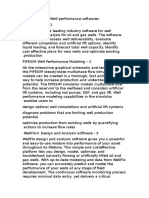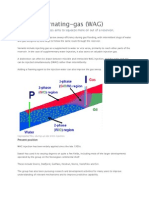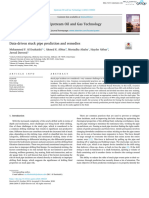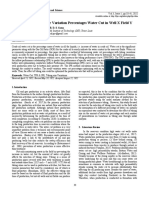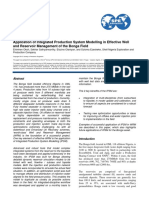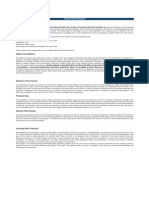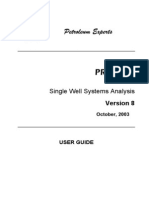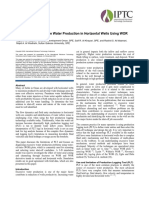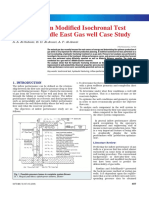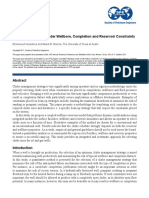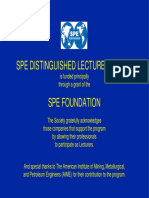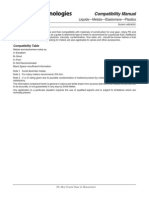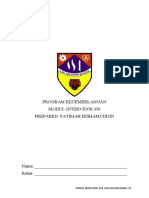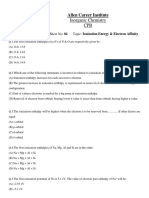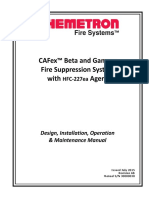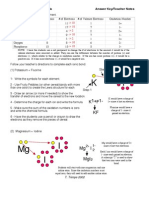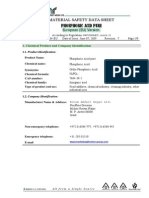0% found this document useful (0 votes)
729 views41 pagesTracer Technology-To Resman
Restrack technology provides inter-well tracing services using chemical tracers to analyze fluid movement between wells. Tracers can be used to track water, gas, or oil/water partitioning to identify flow channels, sweep efficiency, and reservoir characteristics. Restrack has a long history providing tracer services worldwide to major oil and gas companies, with expertise in planning tracer projects, injection and sampling, ultra-sensitive analysis, and interpretation.
Uploaded by
Luciano FucelloCopyright
© © All Rights Reserved
We take content rights seriously. If you suspect this is your content, claim it here.
Available Formats
Download as PPTX, PDF, TXT or read online on Scribd
0% found this document useful (0 votes)
729 views41 pagesTracer Technology-To Resman
Restrack technology provides inter-well tracing services using chemical tracers to analyze fluid movement between wells. Tracers can be used to track water, gas, or oil/water partitioning to identify flow channels, sweep efficiency, and reservoir characteristics. Restrack has a long history providing tracer services worldwide to major oil and gas companies, with expertise in planning tracer projects, injection and sampling, ultra-sensitive analysis, and interpretation.
Uploaded by
Luciano FucelloCopyright
© © All Rights Reserved
We take content rights seriously. If you suspect this is your content, claim it here.
Available Formats
Download as PPTX, PDF, TXT or read online on Scribd
/ 41




